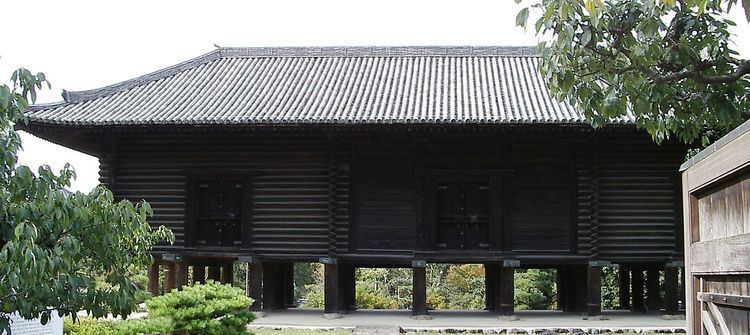645–650 Taika 686–686 Shuchō 704–708 Keiun Start date August 1240 | 650–654 Hakuchi 701–704 Taihō 708–715 Wadō | |
 | ||
Ninji (仁治), also called Jinji, was a Japanese era name (年号,, nengō,, lit. "year name") after En'ō and before Kangen. This period spanned the years from August 1240 to January 1243. The reigning emperors were Shijō-tennō (四条天皇) and Go-Saga-tennō (後嵯峨天皇).
Contents
Ninji afstand ft error timbo
Change of era
Events of the Ninji Era
References
Ninji Wikipedia(Text) CC BY-SA
